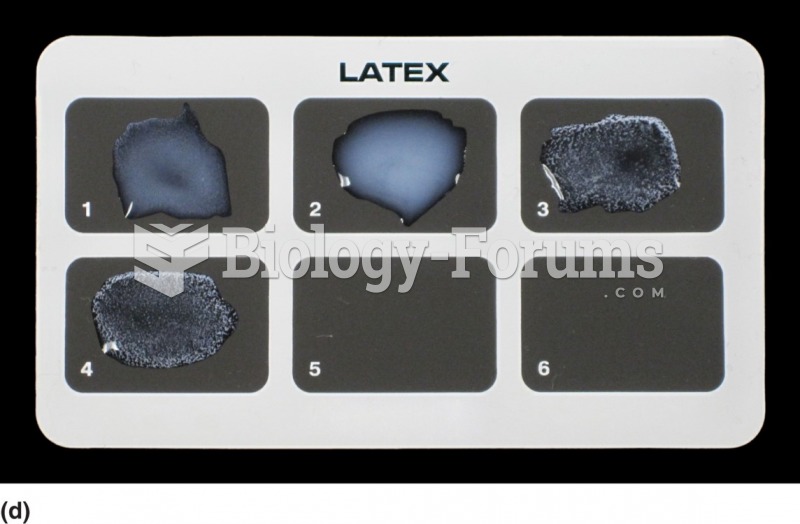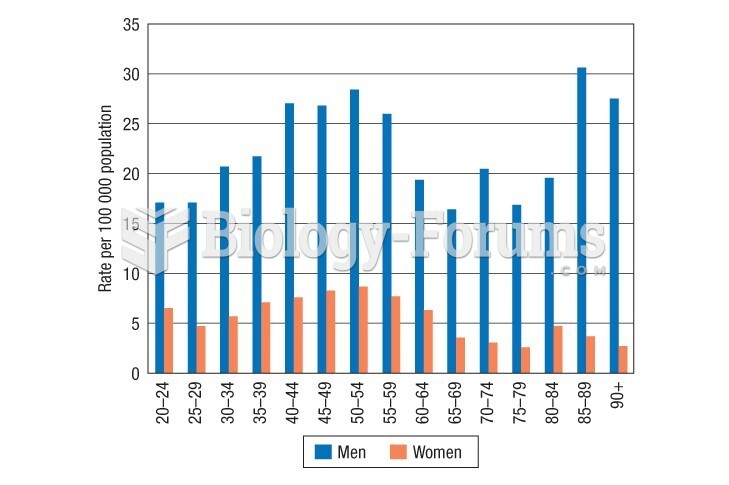Answer to Question 1
FALSE
Answer to Question 2
Sex therapy consists of teaching couples about sexual functioning, enhancing communication skills, and eliminating performance anxiety through specific couples' exercises. Sensate focus and nondemand pleasuring treatment focuses on decreasing performance anxiety and increasing communication. There are three steps in sensate focus. Both partners must become comfortable at each level of intimacy before proceeding to the next step. The first step focuses simply on pleasurable, nonsexual touching. Partners take turns touching the other's body, but they are prohibited from touching the genitals and breasts. During the second step, partners touch any part of the other's body, including the genitals and breasts. The focus remains on the sensation of touching. Intercourse is not allowed. The third step involves mutual touching, eventually leading to sexual intercourse.
In the stop-squeeze technique, the sexual partner stimulates the penis until an ejaculatory urge occurs. At that point, sexual stimulation stops and the partner squeezes the glans of the penis (the tip) until the urge disappears. This sequence is repeated until the interval between initial sexual stimulation and ejaculatory urge lengthens. Then the couple practices briefly inserting the penis into the vagina without thrusting, and the practice continues until the man is able to control the timing of ejaculation and the couple reports sexual enjoyment.
For female orgasmic disorder, directed masturbation is commonly prescribed by therapists. Women focus on sexually erotic cues and use graduated stimulation to the genital area, particularly the clitoris. Allowing the woman to focus on sexual stimulation that is effective for her without worrying about a partner's behavior enables her to more effectively communicate her wishes to a partner. Treatment for vaginismus is based on standard systematic desensitization and uses different-sized vaginal dilators. Using a hierarchical approach, the dilators are inserted into the vagina, either by the woman or her partner, while she practices relaxation. Over time, a woman becomes comfortable engaging in sexual activity.







